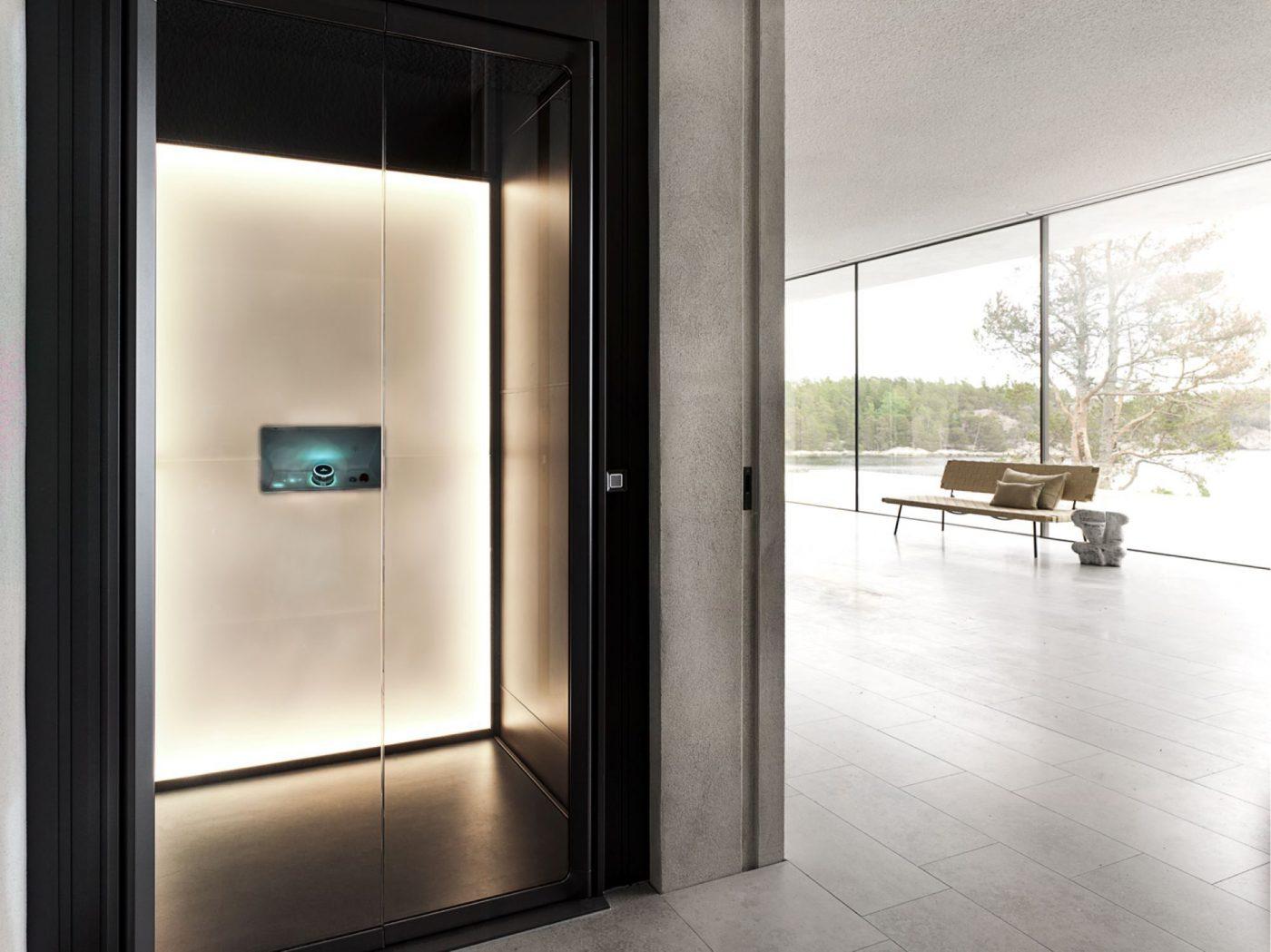Exploring the World of Lifts: Typical Problems Dealt With by Various Lift Mechanisms
As we browse with the vertical transportation systems of contemporary buildings, lifts stick out as a crucial element of our lives. However, behind their smooth operation exists a world of elaborate mechanisms that can sometimes run into difficulties. From hydraulic elevators to grip systems and machine-room-less designs, each lift kind features its collection of common concerns. Understanding these obstacles is important for guaranteeing the smooth performance of these vital systems. Allow's explore the intricacies that underlie the operation of lifts and the possible concerns that can arise, clarifying the elaborate web of lift systems.
Hydraulic Elevators
Hydraulic elevators, often preferred for low-rise structures, utilize fluid pressure to regulate the motion of the lift automobile (lift repair companies). This device involves a hydraulic pump pushing oil right into a cyndrical tube, creating the lift to relocate the desired instructions. While hydraulic elevators are understood for their smooth and silent operation, they do come with their very own set of common problems
One common issue with hydraulic elevators is oil leak. Additionally, concerns with the control system, such as defective valves or a malfunctioning pump, can cause disruptions in the lift's movement.
Normal upkeep and punctual repair services are vital to make sure the smooth performance of hydraulic elevators. By attending to these usual concerns proactively, building proprietors can decrease downtime and make sure the safety and efficiency of their vertical transport system.
Traction Lifts
When taking into consideration upright transport systems in buildings, another usual kind other than hydraulic lifts is the grip lift. Traction lifts operate utilizing a system of ropes and weights that relocate the elevator automobile by grasping onto the hoist ropes. This mechanism enables smoother and much faster upright transportation contrasted to hydraulic systems.
One of the usual issues dealt with by grip elevators is rope wear. The continuous motion of the ropes within the grip system can cause deterioration over time, potentially creating the elevator to malfunction or end up being risky for use. Regular inspections and maintenance of the ropes are important to guarantee the elevator's appropriate performance and security.
Another problem that grip elevators may run into is connected to the control system. Issues with the control system can cause problems such as unpredictable movement, hold-ups in response times, and even complete closures. Regular testing and upkeep of the control system are crucial to avoid such problems and make certain the lift's dependability.
Machine-Room-Less (MRL) Lifts

One of the crucial components of MRL elevators is the small gearless grip equipment that is installed within the hoistway. This maker successfully drives the lift automobile without the need for cumbersome devices found in typical grip lifts. Furthermore, MRL elevators commonly make use of a weight system to balance the automobile, further improving their energy effectiveness.
Regardless of their advantages, MRL elevators might face challenges related to maintenance and repair work due to the constrained room for equipment installment. Availability for servicing parts within the shaft can be limited, calling for specialized training for technicians. Appropriate maintenance timetables and normal assessments are important to make certain the continued smooth operation of MRL elevators.
Overloading and Weight Restriction Issues
Are elevators furnished to take care of excess weight tons successfully and safely? Overloading and weight restriction concerns are important concerns in lift operations. Elevator makers design lifts with particular weight capabilities to make certain guest safety and security and equipment longevity. Exceeding these weight limits can bring about various problems, including mechanical failures, delays, and safety and security hazards.
When lifts are strained, it places extreme stress on the motor, cables, and various other elements, potentially creating breakdowns or break downs. Safety devices such as sensing units and overload sensing units remain in location to avoid lifts from moving if lift repair near me they discover excess weight. In addition, going beyond weight limitations can lead to boosted lift companies in London energy intake and deterioration on the elevator system.
To alleviate overwhelming concerns, developing managers must prominently display weight restrictions in elevators and enlighten residents on the relevance of adhering to these constraints - lift repair companies. Routine upkeep checks by qualified technicians can also assist ensure that elevators are running within safe weight criteria. By dealing with overloading and weight restriction issues proactively, structure proprietors can enhance elevator safety and security and effectiveness
Electric System Failures
Exceeding weight limits in elevators can not just lead to mechanical concerns yet additionally possibly add to electric system failings within the lift framework. Electric system failings are an essential issue in elevator operation, as they can cause unexpected shutdowns, malfunctions, or also safety and security threats.
Regular upkeep and evaluations are essential to recognize and attend to potential electric issues without delay, ensuring the secure and effective procedure of elevator systems. By sticking to weight limitations and performing routine electric system checks, building proprietors can alleviate the risk of electrical failings in elevators.
Verdict

Hydraulic elevators, frequently preferred for low-rise structures, utilize fluid stress to manage the movement of the lift vehicle.When thinking about vertical transport systems in buildings, an additional common kind aside from hydraulic lifts is the traction lift. Traction lifts operate using a system of ropes and weights that move the lift automobile by clutching onto the hoist ropes. Unlike standard elevators that need a different device area to house the devices, MRL lifts incorporate most of the elements within the shaft, removing the requirement for a committed device area.In conclusion, lifts face london lift company typical concerns such as hydraulic malfunctions, grip system failures, and electric system troubles.